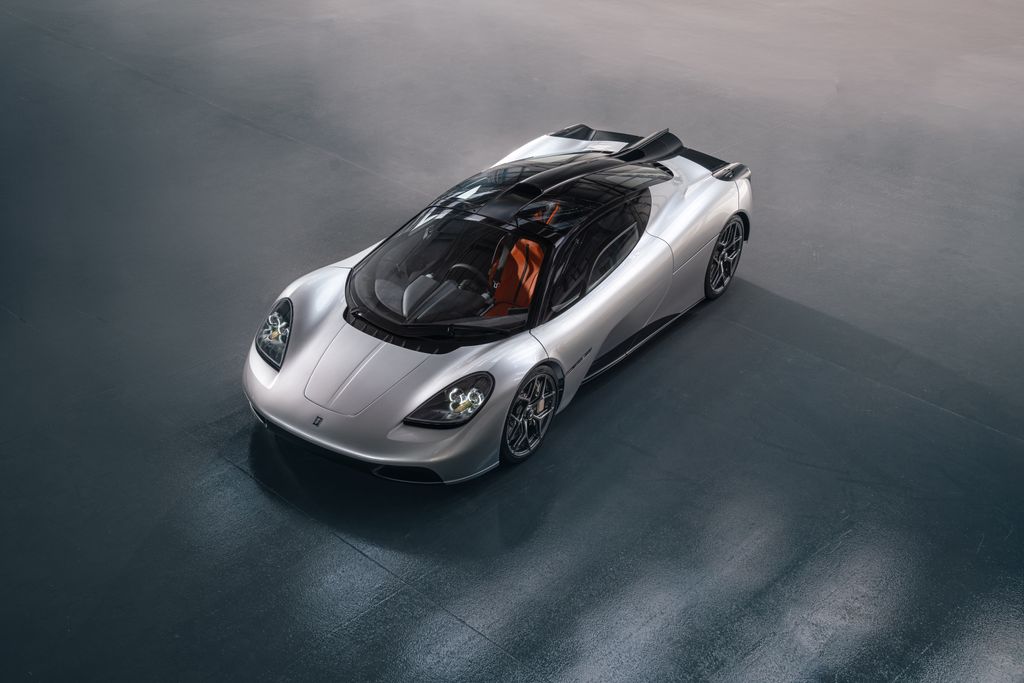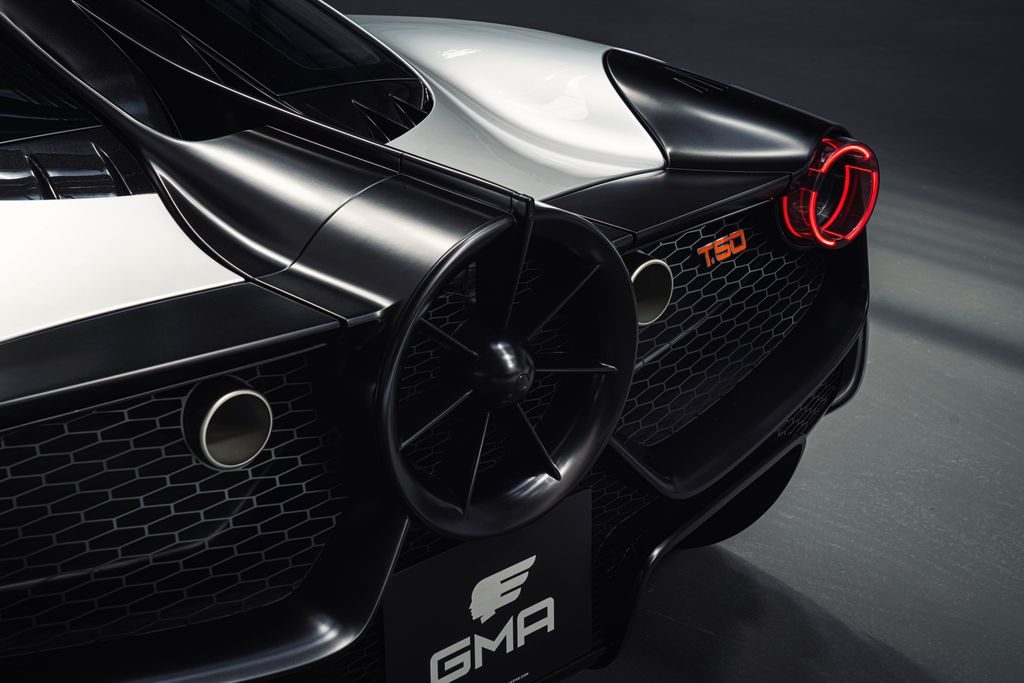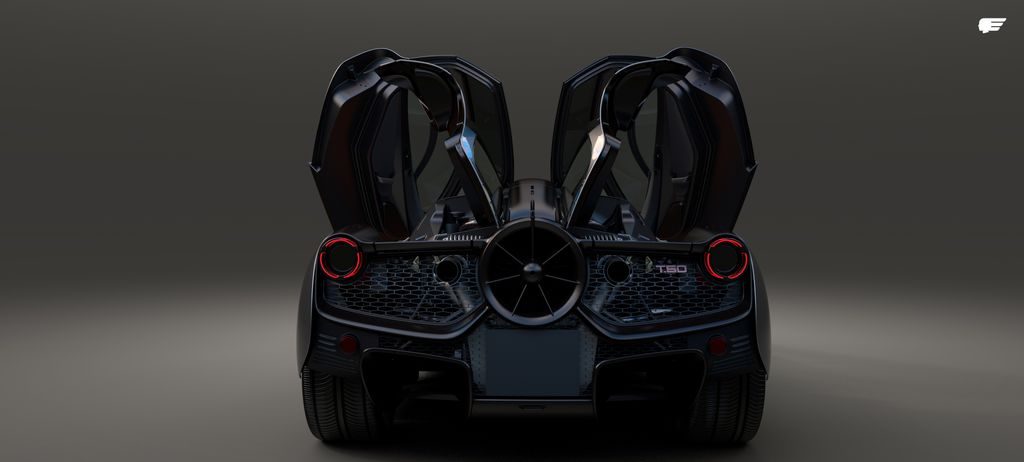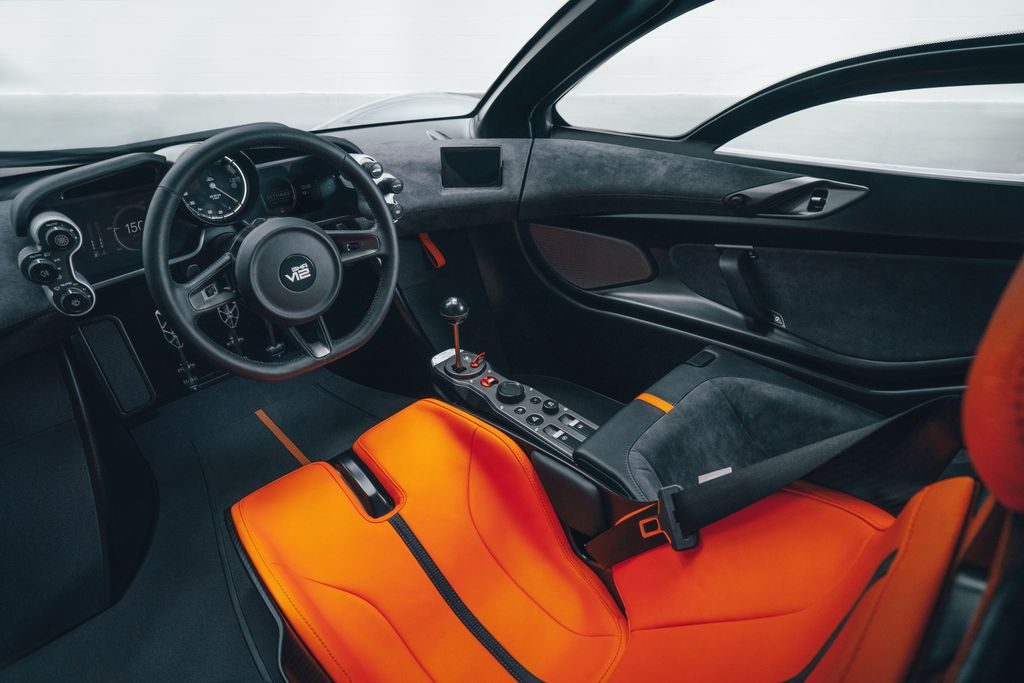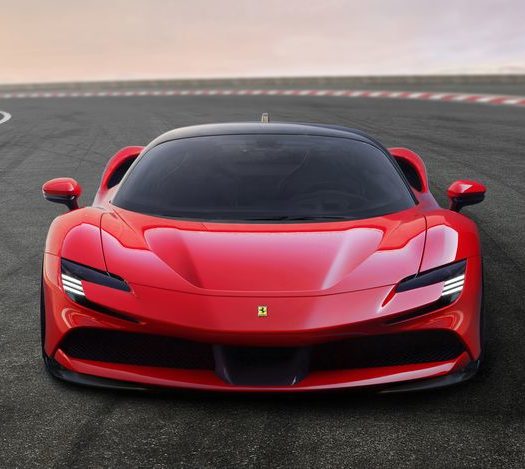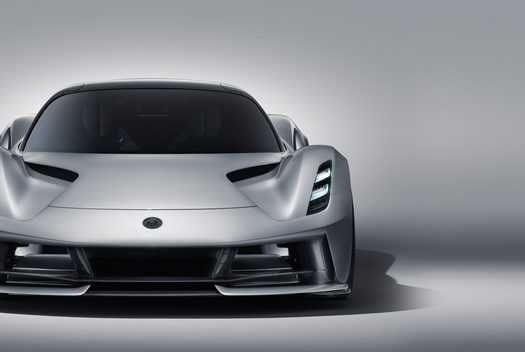Supercars and sportscars have become so much faster and powerful than ever before. While manufacturers continue to bring a new model every now and then to fight this game of numbers, the ethos of a supercar seems to have been lost. However, this small and relatively new car company plans to bring back the old school supercar formula with their new T50. Say hello to this new vehicle, designed under the leadership of Gordon Murray, which has the potential to change the way we look at a supercar. Gordon Murray Automotive or GMA for short shall commence customer deliveries of this exotic automobile by January of 2022.
With projects like Senna’s championship-winning F1 car, to pushing boundaries of technology with the Brabham fan car and designing the most iconic car of all time, the McLaren F1, Mr Murray indeed knows a thing or two about automotive excellence. Chasing numbers, breaking acceleration time records or even lap records is not why the T50 was built. The car was built with one and only one motive, to be the greatest driver’s car ever. Using the technology of today, which was not available at the time of making the F1 and further improving on the aspects Murray did not like about the F1, the T50 was created. Unveiled for the first time now, here are some characteristics that all 100 lucky buyers of this car would definitely look forward to.
This car will be propelled by a naturally aspirated V12 engine designed by Cosworth, exclusively for this car. This engine, from the designing stages itself, was under scrutiny by Murray. Working very closely with the British engine manufacturer over the years, the duo achieved what could be the last great, naturally aspirated, 4-litre V12 engine we see. The unit is made quite compact and uses a number of clever bits to achieve such mind-boggling stats. Attention has been given to every tiny detail, for instance, the starter generator motor. Not only does it eliminate the need of various engine belts to run the starter, the AC compressor but also keeps the weight in check. The engine also employs a number of exotic materials, allowing the engine to pick up as much as 28,400 revs every second to reach a red line of 12,100 rpm. What this would translate to is a crisp throttle response, tingling every sensory organ of the driver, delivering a feeling which perhaps no other car could offer.
This great V12 engine is connected to a proper manual gearbox. While Murray initially thought of using a sequential gearbox, a fancy dual-clutch automatic was never an option. However, talking to many potential owners of the vehicle, Murray was convinced it’ll be a better idea to use a regular, or should I say not so regular, H-pattern shifter. Yes, the greatest driver’s car of tomorrow will allow the driver to control all the 650 odd horsepower on offer with three pedals. Another unique feature of this car, which enhances the driving experience is the steering mechanism. Below speeds of 10 mph, it shall receive electrical assistance, making it easy to move around tight spots. However, once the speedo hits 11 mph, the electric assistance shall go away, allowing the driver to get the feedback a proper mechanical steering system has to offer.
Another crucial performance affecting factor is aerodynamics. Unlike the over-complicated and somewhat controversial looking aerodynamic designs of modern cars, Murray takes advantage of the ground effect to make the car stick to the black stuff. Keeping a rather clean, proportionate design devoid of huge wings, spoilers and flaps. The rear of the vehicle has a 400mm fan to produce downforce. Operating at different speeds, the fan breaks the boundary layer airflow, allowing the diffuser to work in an even efficient manner. A total of 6 modes allow the driver to select the optimum level of downforce to suit his/her taste. Another advantage of using the fan is that the car can generate enough downforce at low speeds or even while braking. A pitot tube, which could also be seen in the BT46b Fan F1 car designed by Murray, is placed in the rearview camera of the car which shows the amount of downforce generated to the driver in real-time.
Opening the butterfly doors of the car, the central driver seat is the first thing to catch your eye. Enjoying the commanding view, the driver would first notice two screens placed on either side of the car which act as rearview mirrors. The driver gets an analogue rev counter, which is flanked by two more screens. The screen on the left would provide the driver with car information while the screen on the right would be a mirror for your phone. While everything of the T50 screams performance, the car also offers enough practicality. There are two gloveboxes, which close with a magnetic latch and some storage underneath the passenger seats and of course some more space behind for luggage for three. The six-speed gear shifter features a design which belongs in an art gallery rather than a car. Owners of the McLaren F1 insisted to keep the mechanism open, allowing them to see what magic takes place every time they slot the car into gear. Additionally, proper knobs and buttons, flanked around the central driver seat not only appear to offer a proper old school look but make sure the driver has everything that is required to control this car within reach.
I could go on and on talking about this gem of the car. This whole package, in terms of size, can be compared to a Porsche Cayman. The car was built with a target of being under 1000 kilos, and the team managed to fit everything within that crazy limit. Extreme steps like shaving off metal from the pedals to save 300 grams, making the glass 28% slimmer and much more, helped the team achieve a mass of 986 kilograms. The car employs push-rod suspension at the rear to be able to handle the additional weight of the downforce. The fan can spin in the opposite direction to create a longtail, reducing drag for straight-line speed. Let me remind you, when the F1 was created, it took cars decades to match up to its performance, it took decades for Gordon Murray to set out again and improve on it, that itself tells you how high the bar has been set up for the T50. Additionally, when a man like Gordon Murray has set out to deliver the best driver’s car ever, you can be sure the man will deliver. I think the best way to sum this car up is that, for a starting price of £2.36m (before taxes), the T50 is an opportunity for 100 people who are looking for an experience no other machine will perhaps offer for at least the coming decade or two.
Author: Videh Vora
